Bananas are sweet, popular, and healthy and can be found everywhere in the Philippines. It is no secret that the country has more than a dozen of banana varieties and in this article, we are going to discover 10 of them. From exploring different types of bananas to uncovering top banana-producing provinces, get ready for an exciting journey through these beloved yellow fruits.
The Philippines, known as the “Banana Capital of Asia,” boasts a thriving banana industry that contributes significantly to its economy. With an abundance of fertile land and favorable climate conditions, this tropical paradise is home to various banana varieties that are not only enjoyed locally but also exported worldwide.
The Philippine Banana Industry
The Philippine banana industry is a thriving sector that plays a crucial role in the country’s agricultural landscape. Blessed with fertile soil and favorable climatic conditions, the Philippines has become one of the top producers and exporters of bananas globally.
Bananas are grown across various regions in the country, with Mindanao being the primary hub for banana cultivation. The vast plantations stretch across hectares of land, creating employment opportunities for countless farmers and workers.
What sets the Philippine banana industry apart is its commitment to sustainable farming practices. Many farms prioritize organic methods, ensuring that their produce is free from harmful chemicals while preserving the natural biodiversity of their surroundings.
Furthermore, stringent quality control measures are implemented throughout every stage of production to guarantee premium-grade bananas for both local consumption and international markets. This attention to detail has earned Filipino bananas a reputation for excellence worldwide.
The demand for Philippine bananas continues to grow steadily. According to recent export statistics as of 2022, hundreds of thousands of metric tons are shipped overseas annually, making it a significant contributor to the country’s economy.
With such promising growth prospects and an unwavering dedication to quality, there’s no doubt that the Philippine banana industry will remain strong in years to come – supplying us with delicious fruits that bring joy and nourishment into our lives!
Top 10 Banana Varieties and Cultivars in the Philippines
The Philippines is known for producing various banana varieties, each with its own unique characteristics, flavors, and uses. Here are 15 of the popular banana varieties that are commonly found in the Philippines:
1. Lakatan
Lakatan bananas, scientifically classified as part of the AAA Group, are a cherished fruit variety in the Philippines, celebrated for their delectable sweetness and enticing aroma. These medium-sized bananas boast a vibrant yellow skin that encases a succulent, creamy flesh. With a satisfyingly smooth texture, Lakatan bananas are a delight to bite into.
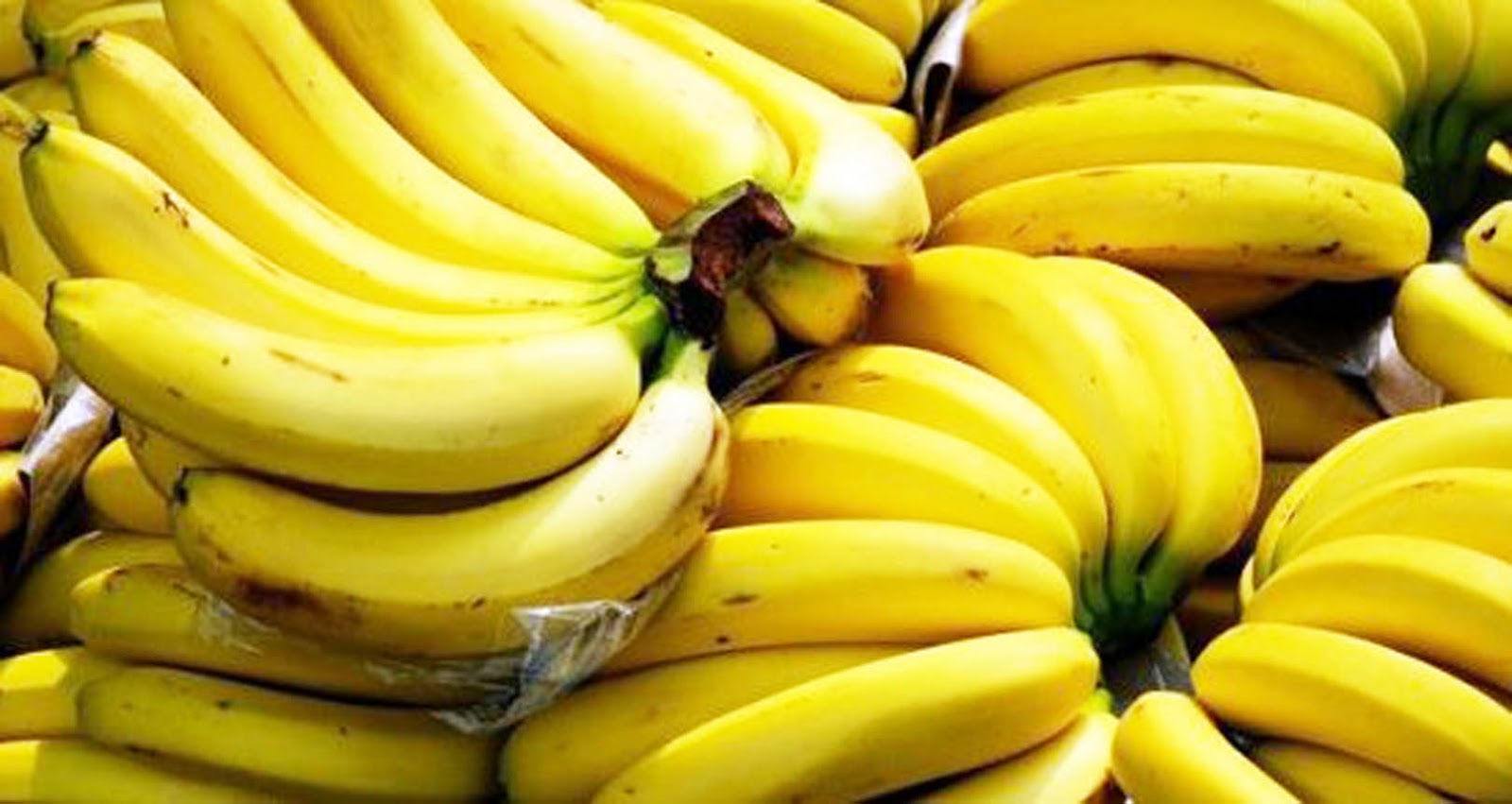
Renowned for their luscious taste, Lakatan bananas are a favorite for snacking, adding a burst of natural sweetness to the palate. They are equally sought after for culinary applications, finding their way into popular Filipino treats like banana cue, where they are caramelized to create a mouthwatering, caramel-coated delight.
The versatility of Lakatan bananas shines through in their ability to seamlessly transition from a wholesome, on-the-go snack to a star ingredient in various desserts and dishes. This banana variety has secured a special place in Filipino cuisine, captivating taste buds with its remarkable flavor and serving as a testament to the rich diversity of the country’s agricultural offerings.
2. Latundan
The Latundan banana, a member of the AAA Group, is a beloved fruit variety cherished for its distinct characteristics. This medium-sized banana features a bright yellow peel that shields its tender, ivory-colored flesh. Its curved, slightly plump shape makes it instantly recognizable. It is called “turdan” in other parts of the Philippines, especially in Western Visayas.
Latundan bananas are prized for their versatile uses. Their mildly sweet flavor with a hint of tanginess makes them a delightful choice for snacking, often enjoyed fresh out of hand. Their naturally creamy texture also makes them suitable for blending into smoothies or slicing atop breakfast cereals. Additionally, their subtle sweetness makes them a common ingredient in various Filipino desserts and traditional delicacies.
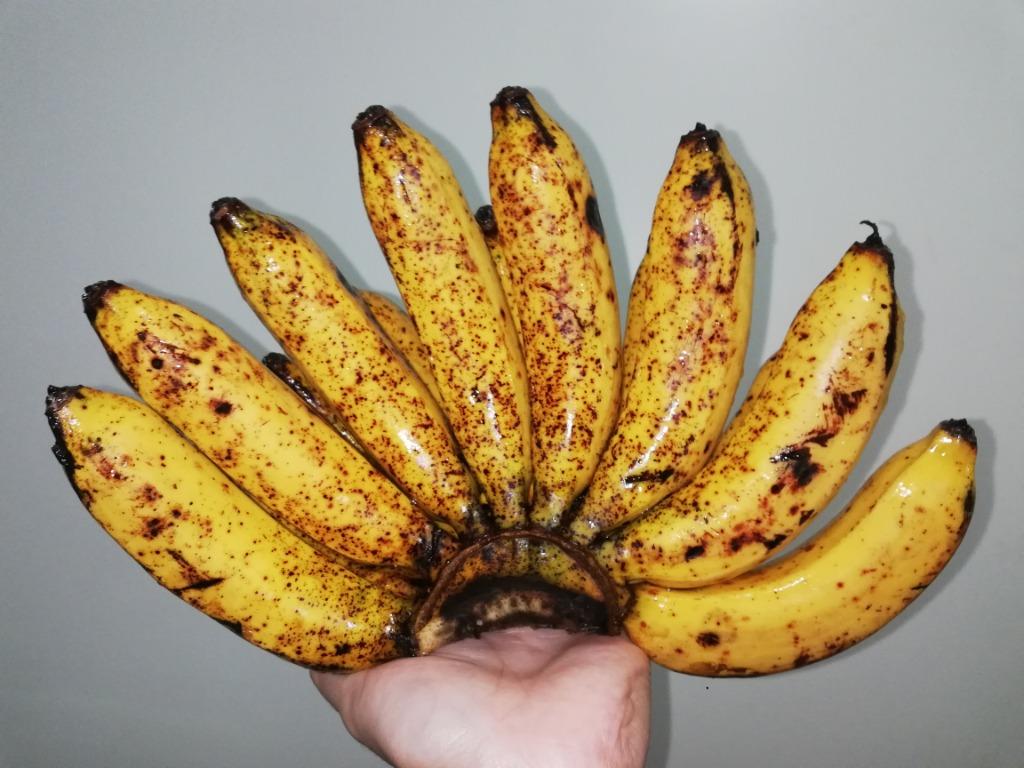
One of the distinguishing traits of the Latundan is its ability to add a pleasant taste to recipes while maintaining a relatively firm texture even when cooked. This characteristic renders them suitable for pan-frying as banana fritters or grilling to create a delectable caramelized treat.
In Filipino cuisine, the Latundan stands as a versatile and delicious component, seamlessly transitioning from a nutritious snack to an essential ingredient in a wide array of culinary creations.
3. Saba
Saba bananas, classified as part of the AAB Group, are a staple in Filipino cuisine, renowned for their unique attributes. With a robust, thick peel that shifts from green to yellow-black as it ripens, Saba bananas exhibit a distinctive appearance. Their elongated shape and substantial size set them apart from other banana varieties.
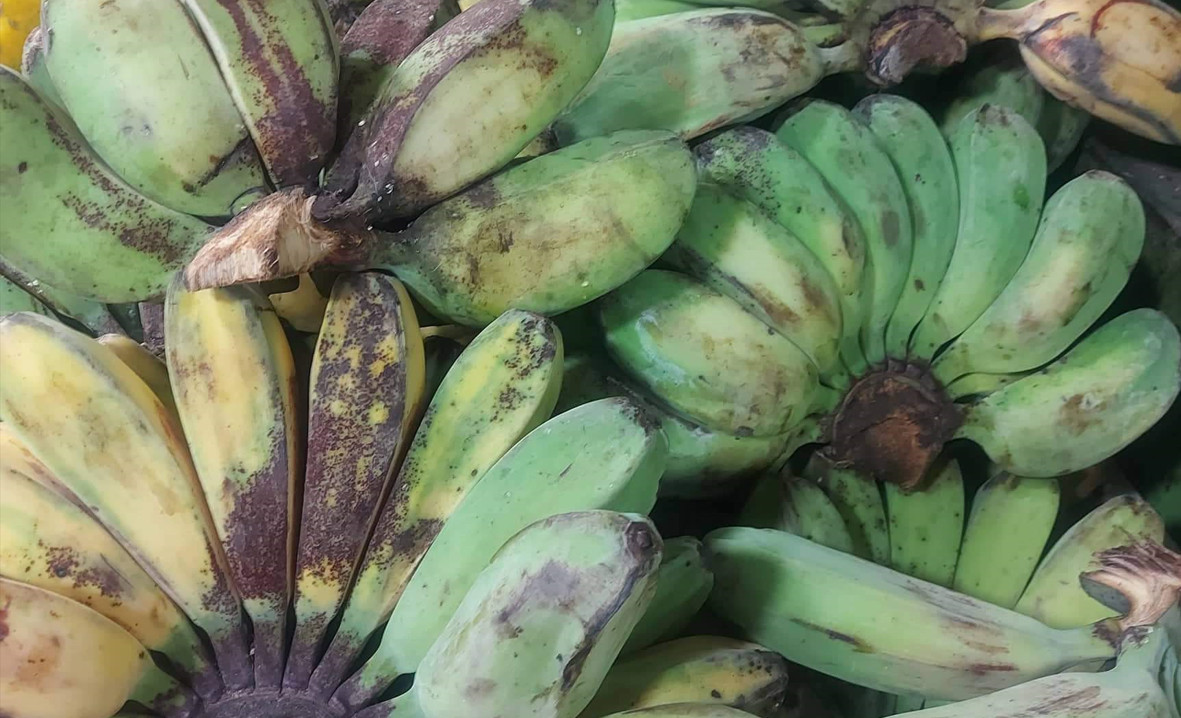
The taste of Saba bananas leans towards the starchy side, making them perfect for cooking rather than consuming raw. Popularly employed in Filipino dishes, they are a key ingredient in traditional treats like banana cue, where they are caramelized with brown sugar to create a delightful, slightly sweet snack. They are also used in the preparation of “turon,” a dish consisting of Saba bananas wrapped in spring roll wrappers, coated in caramel, and then fried.
Saba bananas are prized for their ability to hold their shape during cooking, ensuring a satisfyingly tender yet firm texture. Their adaptable nature allows them to seamlessly transition from savory recipes to indulgent desserts, showcasing their versatility and contributing to the rich tapestry of Filipino gastronomy.
4. Bungulan
The Bungulan banana, classified under the ABB Group, presents a distinctive profile within the spectrum of banana varieties. With its angular, asymmetrical shape and vibrant yellow skin, it stands out visually. The Bungulan banana’s taste is a blend of subtle sweetness and hints of tanginess, making it a delightful choice for various culinary applications.
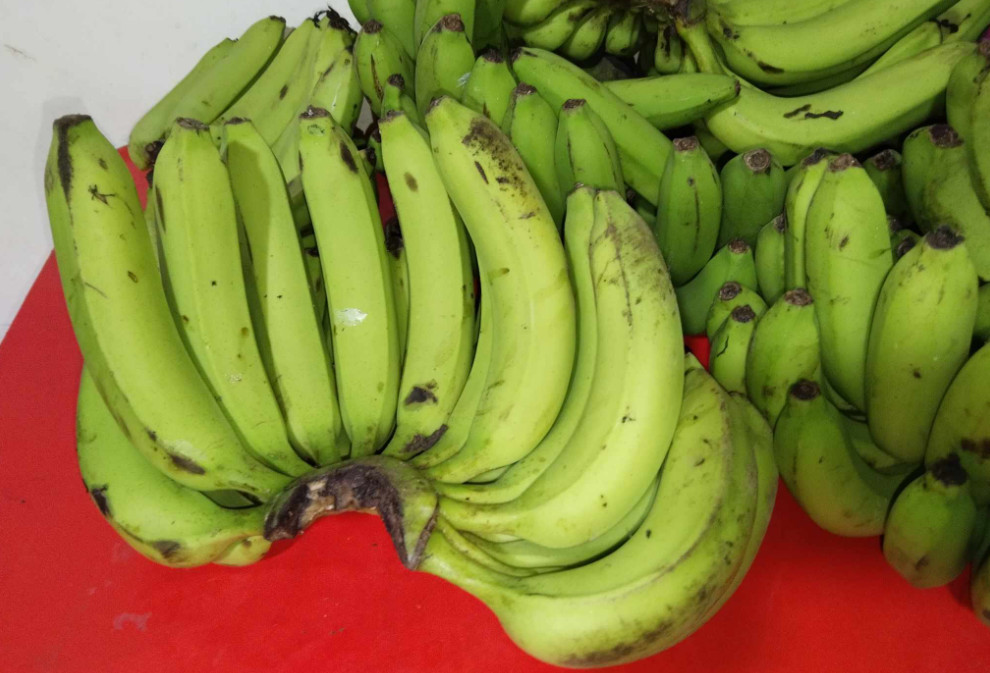
Primarily used for cooking especially in making banana cakes, Bungulan bananas are often transformed into delectable Filipino dishes such as “ginanggang,” where they are grilled, brushed with margarine, and sprinkled with sugar for a savory-sweet treat. They are also employed in making “turon” (banana spring rolls) and other snacks that showcase their unique flavor and firm texture when cooked.
Due to their starchy composition, Bungulan bananas lend themselves well to frying, grilling, and boiling, absorbing flavors and maintaining their shape during preparation. This distinct banana variety plays a vital role in Filipino cuisine, offering an array of gustatory experiences that capture both tradition and innovation on the plate.
Bungalan is green when ripe and is called “Umambak in Negros Occidental.
5. Cardava
The Cardava banana, categorized within the ABB Group, is a versatile and distinctive fruit celebrated for its specific attributes. Featuring a large, stout shape and a thick, greenish-yellow peel that turns golden as it ripens, the Cardava banana boasts a unique appearance.
In terms of taste, Cardava bananas offer a delightful contrast between their starchy, slightly savory flavor and a subtle hint of sweetness. This makes them well-suited for both culinary and dessert applications. Their dense texture holds up admirably during cooking, making them an excellent choice for Filipino dishes like “banana cue,” where they are caramelized, or for making “banana chips.”
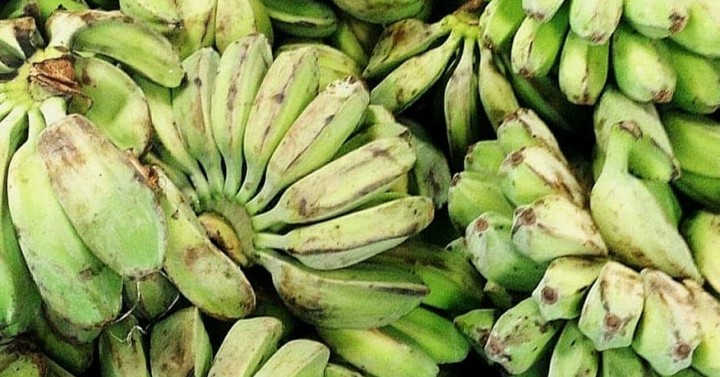
Cardava bananas are commonly used in Filipino cuisine to create a variety of traditional dishes and snacks. Their ability to seamlessly transition from savory to sweet preparations underscores their versatility. This banana variety is an essential component of the Philippines’ culinary tapestry, contributing its distinct taste and texture to a wide array of recipes enjoyed across the archipelago.
Cardava or Dalili is more popular than ‘Saba’ in the Visayas and Mindanao region. It is very similar to ‘Saba’ but more vigorous and with larger fruits. Generally, the fingers are longer than the ‘Saba’.
6. Señorita
The Señorita banana, a charming member of the AAA Group, offers a unique and delightful presence in the realm of bananas. Its petite size and delicate, slender shape distinguish it from its larger counterparts. With a pale yellow skin that matures into a golden hue, the Senorita banana exudes an inviting aesthetic.
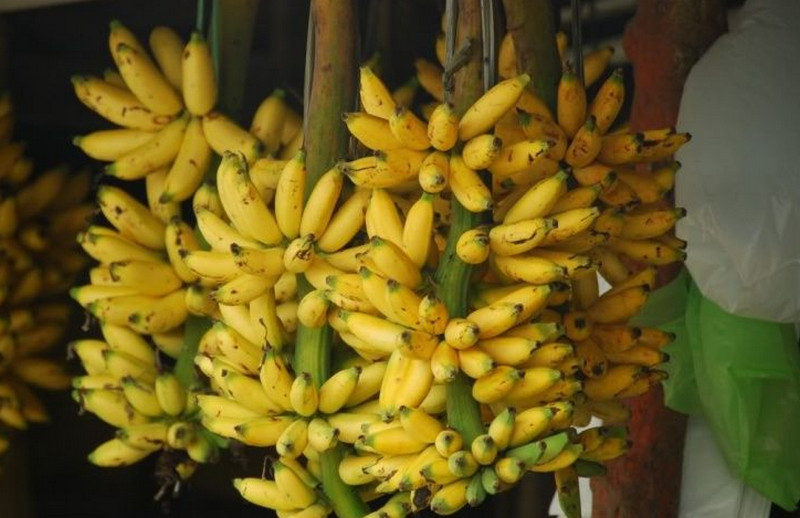
Though small in size, Senorita bananas pack a punch of delectable sweetness and a mild, creamy flavor. They are often enjoyed fresh, offering a convenient and naturally portioned snack. Their delicate texture and taste make them a favorite for children and adults alike.
While Senorita bananas are frequently savored on their own, their diminutive size and gentle sweetness also lend themselves well to various culinary uses. They can be added to breakfast bowls, fruit salads, or baked goods to infuse a delightful banana essence. In Filipino cuisine, Senorita bananas are sometimes employed for making traditional sweets, enhancing the diversity of flavors and experiences in local delicacies.
7. Morado
The Morado banana, a captivating member of the AA Group, stands out for its striking appearance and distinctive qualities. With its reddish-purple skin that gradually gives way to a rich golden hue as it ripens, the Morado banana is a visual feast. Its elongated shape and slightly smaller size add to its allure.
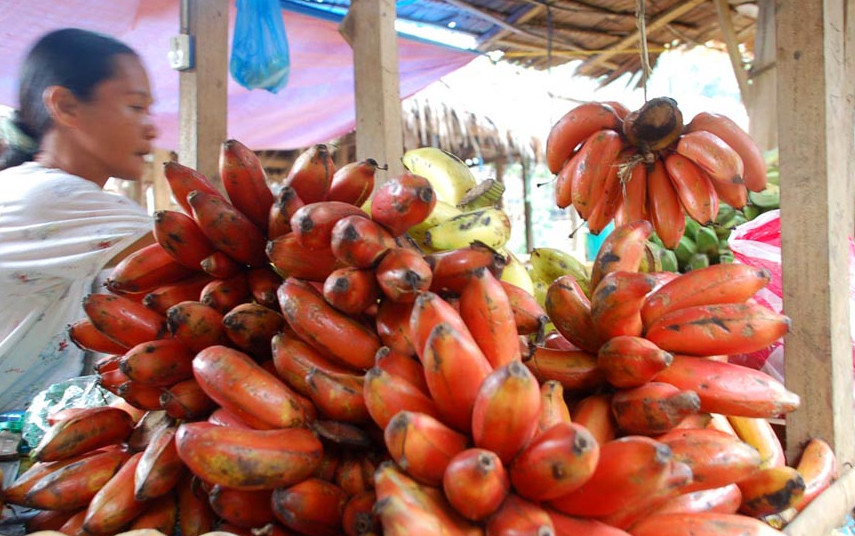
The taste of Morado bananas is a delightful fusion of sweet and slightly tangy flavors. This unique flavor profile makes them a sought-after choice for both snacking and culinary creations. Morado bananas are enjoyed fresh, offering a burst of natural sweetness that appeals to the palate.
Beyond being a delectable snack, Morado bananas find their way into Filipino cuisine, adding depth and visual appeal to various dishes. They can be used in desserts, salads, or as an eye-catching garnish. Their distinctive hue and nuanced taste contribute to the intricate tapestry of flavors in Filipino gastronomy. The Morado banana’s ability to elevate both taste and aesthetics makes it a prized component of culinary experiences in the Philippines.
8. Pisang Awak / Lagkitan
The Pisang Awak, or Lagkitan, a fascinating member of the ABB Group, brings its unique charm to the world of bananas. Characterized by a distinctive greenish-yellow skin that deepens in color as it ripens, the Pisang Awak banana catches the eye with its elegant appearance. Its elongated shape adds to its visual appeal.
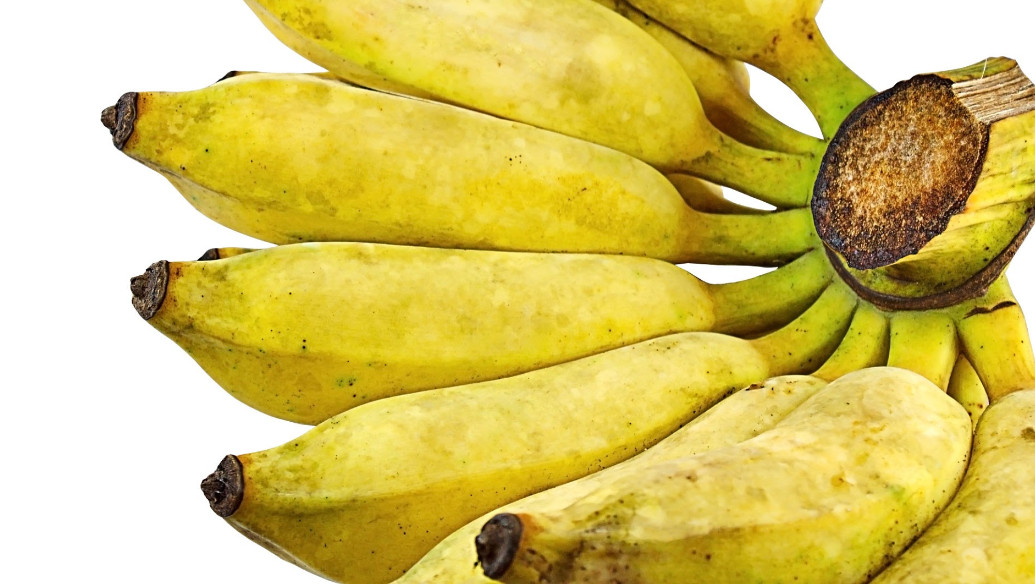
When it comes to taste, Pisang Awak offers a delightful balance of mild sweetness and subtle tanginess. Their flavor profile makes them a versatile choice for a variety of culinary applications. Pisang Awak bananas are often enjoyed fresh, providing a refreshingly sweet and slightly tangy snack.
Culinary creativity finds a canvas in Pisang Awak bananas. They can be added to fruit salads, blended into smoothies, or even used in baking to infuse a hint of natural sweetness. Their relatively firm texture when cooked makes them suitable for pan-frying, grilling, or boiling, adding a unique twist to both savory and sweet recipes. The Pisang Awak banana’s adaptable nature and distinctive taste contribute to its allure in the world of tropical fruits.
9. Mundo
The Mundo banana variety is characterized by its distinctive appearance and flavor. With a bright and vibrant yellow skin, the Mundo banana exudes an inviting visual appeal. Its small shape and slightly curved silhouette add to its classic banana profile. Mundo is similar to Senorita in size but has a very exotic flavor. It is mainly boiled and consumed. There is no other better-tasting boiled banana than Mundo.

Mundo bananas are prized for their harmonious blend of sweetness and subtle tanginess. The well-balanced flavor makes them a versatile choice for various culinary applications. Whether enjoyed fresh, sliced into fruit salads, or blended into smoothies, they contribute a burst of natural sweetness to dishes.
Due to their relatively firm texture, Mundo bananas are also suitable for cooking. They can be used in baking to add a delightful sweetness to breads and muffins, or even grilled or pan-fried for a caramelized treat.
10. Cavendish
The Cavendish banana, a globally recognized member of the AAA Group, stands as an emblem of the banana industry. With its smooth, bright yellow skin and gently curved shape, the Cavendish banana boasts a classic and familiar appearance.
Renowned for its mellow sweetness and creamy texture, the Cavendish banana is a universal favorite for snacking. Its flavor profile strikes a balance between sweetness and mild tanginess, making it an approachable choice for all palates.
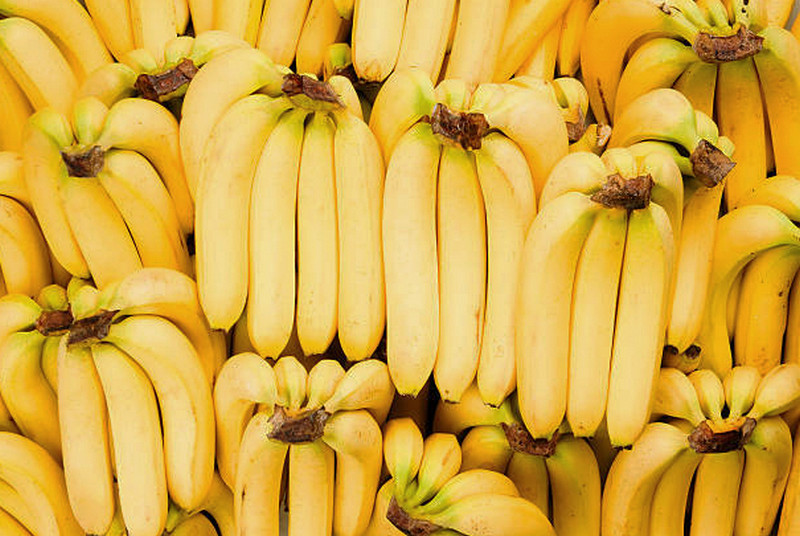
The uses of Cavendish bananas are as versatile as their taste. They are commonly enjoyed fresh, sliced into cereals, or blended into smoothies for a burst of natural energy. Their smooth texture lends well to mashing, making them a key ingredient in baking, whether in banana bread or muffins.
While the Cavendish variety’s popularity is undeniable, its susceptibility to diseases like Panama disease has highlighted the need for diversity in banana cultivation. Nonetheless, the Cavendish banana remains a beloved and accessible fruit that has become an integral part of diets and culinary experiences worldwide.
Top Banana-producing Provinces in the Philippines
The Philippines is one of the world’s top banana producers, and several provinces contribute significantly to the country’s banana production. As of September 2021, here are some of the top banana-producing provinces in the Philippines:
- Davao del Norte: Located in the southern region of Mindanao, Davao del Norte is one of the leading banana-producing provinces in the country. It is home to vast banana plantations, particularly of Cavendish bananas.
- Davao del Sur: Another province in the Davao region, Davao del Sur, is also a major banana producer. It is known for cultivating various banana varieties, including Cavendish and Lakatan.
- Bukidnon: Situated in the northern part of Mindanao, Bukidnon is another significant banana-producing province. It is known for its large-scale commercial banana plantations.
- Compostela Valley: Part of the Davao region, Compostela Valley is renowned for its banana production, particularly of Cavendish bananas.
- North Cotabato: Located in the Soccsksargen region, North Cotabato is a key banana-producing province with a focus on Cavendish bananas.
- South Cotabato: Like its neighboring province, South Cotabato is also a significant contributor to the country’s banana production, particularly of Cavendish bananas.
- Agusan del Sur: This province, situated in the Caraga region of Mindanao, plays a crucial role in banana cultivation, contributing to both domestic and international markets.
- Misamis Oriental: Found in Northern Mindanao, Misamis Oriental is known for its diverse agricultural production, including various banana varieties.
These provinces benefit from favorable climate conditions and suitable soil for banana cultivation. However, please note that banana production can change over time due to factors such as weather, disease outbreaks, and market demand. For the most up-to-date information, it’s recommended to refer to recent agricultural statistics and reports.
The Bottom Line
When it comes to bananas, the Philippines is undeniably a major player in the global market. With its ideal climate and fertile soil, the country has become one of the top banana-producing nations in the world.
From traditional favorites to unique cultivars, Filipino farmers have mastered the art of growing various banana varieties. Whether you prefer a sweet and creamy flavor or a tangy twist, there is a banana variety out there that will satisfy your taste buds.
As we explored in this article, some of the most popular banana varieties in the Philippines include Lakatan, Latundan, Saba, and Cavendish. Each variety brings its own distinct characteristics and culinary uses.
Not only are these bananas delicious and versatile fruits enjoyed by Filipinos nationwide but they also contribute significantly to our economy. The Philippine banana industry provides employment opportunities for thousands of workers and accounts for a substantial portion of our agricultural exports.
As consumers continue to demand different flavors and textures from their bananas, it is essential for farmers to explore new cultivars that can meet these preferences while ensuring sustainable farming practices.
So whether you’re enjoying a ripe Cavendish as an afternoon snack or using Saba bananas to make your favorite kakanin (traditional Filipino delicacy), take pride in knowing that each bite supports our local farmers and contributes to our thriving agricultural sector.
See Also:
- Kadyos: 10 Health Benefits of Pigeon Pea, Description, and Disadvantages
- Pinangat na Gabi Recipe: How to Cook Pinangat
- Chicken Ubad with Monggo Recipe: How to Cook Manok Na May Ubad at Monggo
- 12 Sambong Powder and Capsule Benefits, Medicinal Uses, and Side Effects
- 8 Guava Leaves Benefits, Medicinal Uses, and Side Effects